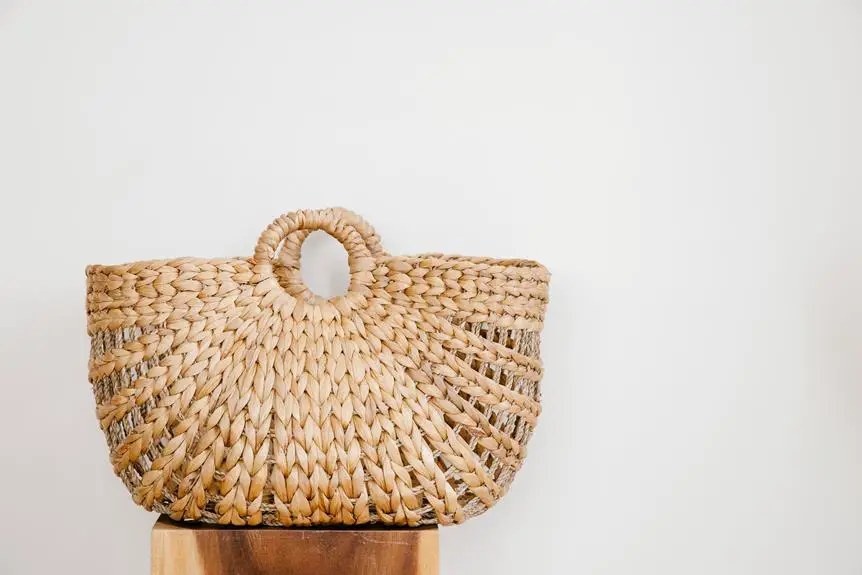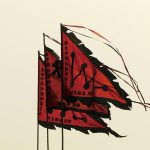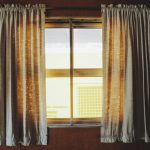When you think about versatile fabrics, damask probably comes to mind due to its ability to transition seamlessly through the seasons. You might notice how its patterns and colors can reflect the essence of spring blooms or the warmth of autumn leaves. As you explore its various applications, from home decor to fashion, you'll find that damask isn't just about aesthetics; it also carries a rich history and unique characteristics. Curious about how to incorporate this fabric into your own style? The possibilities might surprise you.
Table of Contents
History of Damask Fabric
Damask fabric has a rich history that dates back to ancient times, showcasing its enduring appeal and versatility. Originating in the city of Damascus, Syria, it was initially woven from silk and featured intricate patterns. You'd find it gracing the tables and walls of nobility, symbolizing wealth and status. As trade routes expanded, the fabric made its way to Europe, where it evolved into various forms, often incorporating linen and wool.
During the Middle Ages, damask became synonymous with opulence, frequently used in churches and royal garments. You might imagine the grand tapestries depicting biblical stories or the elaborate robes worn by kings and queens. By the Renaissance, artisans perfected the weaving techniques, resulting in even more elaborate designs, and its popularity soared across the continent.
In the 19th century, damask fabric transitioned into everyday use. Manufacturers began producing it in larger quantities, making it accessible to the middle class.
Today, its rich history continues to influence modern design. You can still find damask in homes and fashion, proving that this timeless fabric remains a beloved choice for creating elegance and sophistication.
Characteristics of Damask
Known for its luxurious texture and intricate designs, damask fabric features a reversible pattern that adds depth and elegance to any setting. You'll appreciate how this fabric is often woven from silk, cotton, or linen, giving it a soft feel and a rich appearance. The unique weaving technique creates a beautiful contrast between the matte and shiny parts of the fabric, enhancing its visual appeal.
Damask is durable, making it suitable for both decorative and functional uses. Its weight provides a sturdy structure while maintaining a graceful drape. You'll find that it resists wrinkles, allowing for easy maintenance and long-lasting wear. The fabric's intricate patterns can range from floral motifs to geometric designs, so you can easily find options that match your personal style.
Additionally, damask's ability to reflect light adds an enchanting quality to your decor. Whether you use it for upholstery, table linens, or curtains, you'll notice how it can elevate any space.
Seasonal Uses of Damask
You can easily transition your home decor with damask fabric by incorporating it into seasonal themes, enhancing the ambiance for every occasion.
In spring, opt for light-colored damask tablecloths or curtains that evoke freshness and warmth. Floral patterns can add a cheerful touch, inviting the season's vibrancy into your space.
As summer arrives, consider using damask in bright, bold colors. Throw pillows or lightweight blankets in lively hues can liven up your patio or living room, creating an inviting atmosphere for gatherings.
For autumn, rich, warm tones of damask, like deep reds and oranges, can beautifully complement your fall decor. Use damask runners on your dining table during Thanksgiving to create an elegant setting for family dinners.
When winter comes, embrace the luxurious feel of damask through heavier fabrics. Velvet or thicker damask throws can add warmth and coziness to your home, making it perfect for chilly nights.
Incorporate damask into holiday decorations with festive patterns, ensuring your space feels welcoming and festive.
With these seasonal uses, you'll see how versatile damask fabric can be, enriching your home's style all year round.
Care and Maintenance Tips
To keep your damask fabric looking its best throughout the seasons, proper care and maintenance are key. With a few simple steps, you can ensure that your damask pieces remain vibrant and elegant.
- Gentle Washing: Always wash your damask in cold water on a gentle cycle. This helps preserve the fabric's integrity and color.
- Avoid Bleach: Never use bleach or harsh chemicals. They can damage the delicate fibers, leading to fading and wear.
- Air Dry: Instead of using a dryer, hang your damask to air dry. This prevents shrinkage and maintains the fabric's luxurious feel.
- Store Properly: When not in use, store your damask in a cool, dry place, away from direct sunlight. Use breathable garment bags to protect it from dust and pests.
Styling Damask in Decor and Fashion
Incorporating damask into your decor and fashion instantly adds a touch of elegance and sophistication to any space or outfit. Whether you're dressing up your living room or adding flair to your wardrobe, damask's intricate patterns work wonders.
For decor, consider using damask in curtains, throw pillows, or tablecloths. These elements can create a lavish atmosphere and draw attention without overwhelming the space. In fashion, a damask dress or jacket can elevate your look for any occasion, from casual gatherings to formal events.
| Decor Item | Fashion Item | Styling Tip |
|---|---|---|
| Damask Curtains | Damask Dress | Pair with solid accessories |
| Damask Pillows | Damask Jacket | Keep makeup minimal |
| Damask Tablecloth | Damask Scarf | Wear with neutral attire |
Frequently Asked Questions
What Types of Fibers Are Commonly Used in Damask Fabric?
When you explore damask fabric, you'll find it commonly made from silk, cotton, or linen. Each fiber contributes to its unique texture and sheen, making it a popular choice for various home décor and fashion items.
Is Damask Suitable for Outdoor Use?
Damask's typically not suitable for outdoor use due to its delicate nature. If you're looking for fabrics that withstand weather, consider alternatives like canvas or polyester, which offer better durability and resistance to the elements.
How Does Damask Compare to Other Woven Fabrics?
When you compare damask to other woven fabrics, you'll find it offers unique textures and patterns. Its luxurious feel sets it apart, making it ideal for formal settings, while other fabrics may cater to different aesthetics.
Can Damask Be Used for Upholstery Projects?
Yes, you can definitely use damask for upholstery projects. Its durability and intricate patterns add elegance to furniture, making it perfect for both traditional and modern styles. Just ensure it's suitable for your specific application.
What Are the Environmental Impacts of Damask Production?
When considering the environmental impacts of damask production, you should note factors like water usage, chemical treatments, and energy consumption. Sustainable practices can mitigate some effects, but awareness is crucial for responsible choices.
- How Does Ring Spun Cotton Affect Garment Fit and Shape Retention? - August 13, 2024
- What Are the Challenges in Producing Ring Spun Cotton? - August 13, 2024
- Is Ring Spun Cotton Suitable for Plus-Size Clothing? - August 13, 2024







